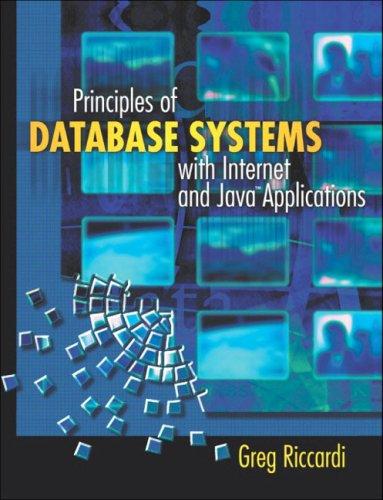Question
Code to read: #include #include #include #include #include sem_t s1; int c=0,x=0; void *UpdateC1(void *arg) { int i; for(i=0;i void *UpdateC2(void *arg) { int i,x=0;

Code to read:
#include
sem_t s1; int c=0,x=0;
void *UpdateC1(void *arg) { int i; for(i=0;i
void *UpdateC2(void *arg) { int i,x=0; for(i=0;i
int main(int argc, char *argv[]) { int rt,i; pthread_t t[2];
if(sem_init(&s1, 0, 1)==-1)//Initialize the semaphore; { fprintf(stderr,"sem_init failed. errno=%d ",errno); exit(1); } rt=pthread_create( &t[0], NULL, UpdateC1, NULL); if( rt!=0 ) fprintf(stderr,"Thread %d creation failed: %d ", 0,rt); rt=pthread_create( &t[1], NULL, UpdateC2, NULL); if( rt!=0 ) fprintf(stderr,"Thread %d creation failed: %d ", 1,rt);
for(i=0;i
printf ("\t%c\t%c ",'a'+(c%2),'a'+(x%2)); return 0; }
3. Read given code RaceOrNot3.c and write all possible outputs of the program. Assume there will be no thread creation or joining failures or semaphore failures. If you believe there is only one possible output, you just need to write that outputStep by Step Solution
There are 3 Steps involved in it
Step: 1

Get Instant Access to Expert-Tailored Solutions
See step-by-step solutions with expert insights and AI powered tools for academic success
Step: 2

Step: 3

Ace Your Homework with AI
Get the answers you need in no time with our AI-driven, step-by-step assistance
Get Started


